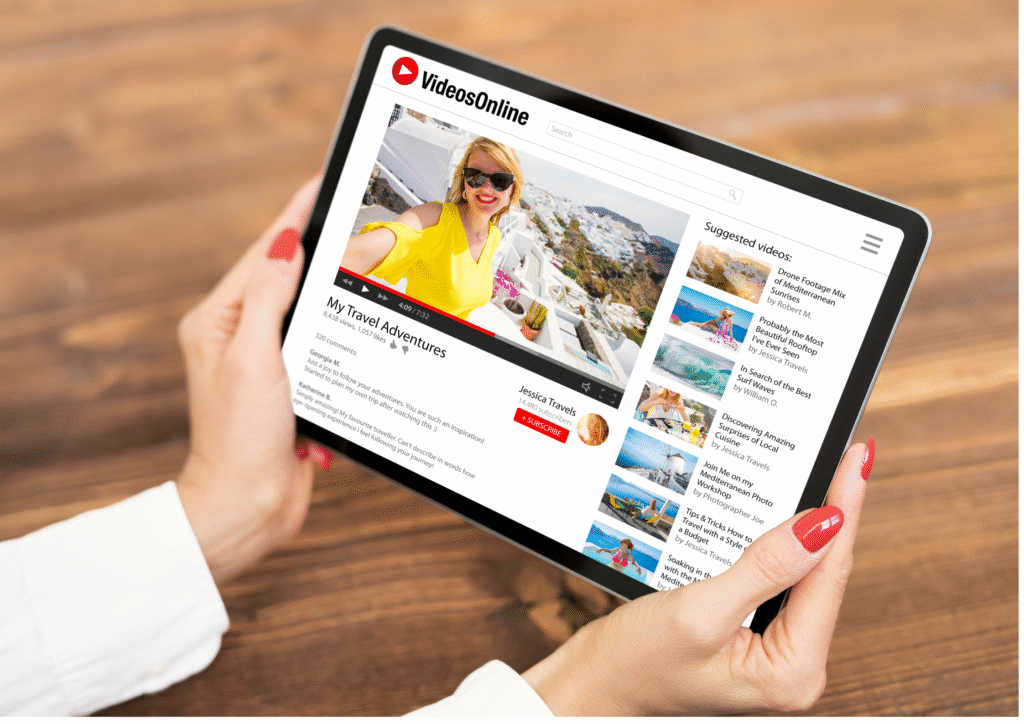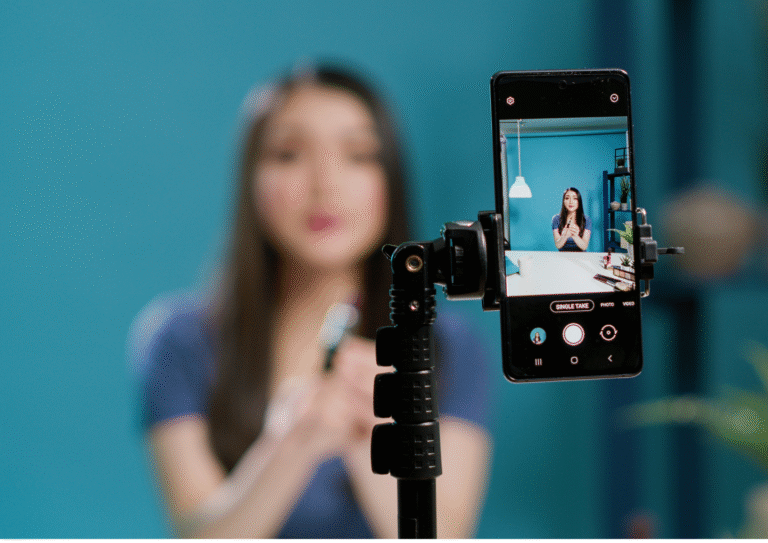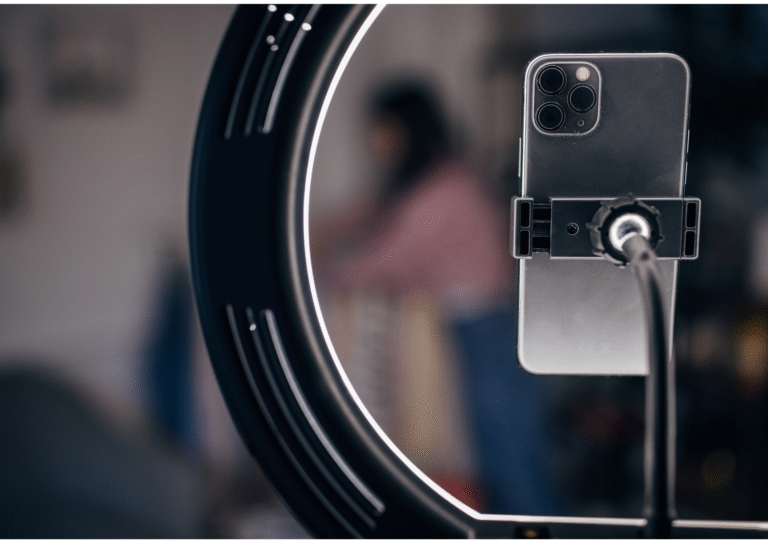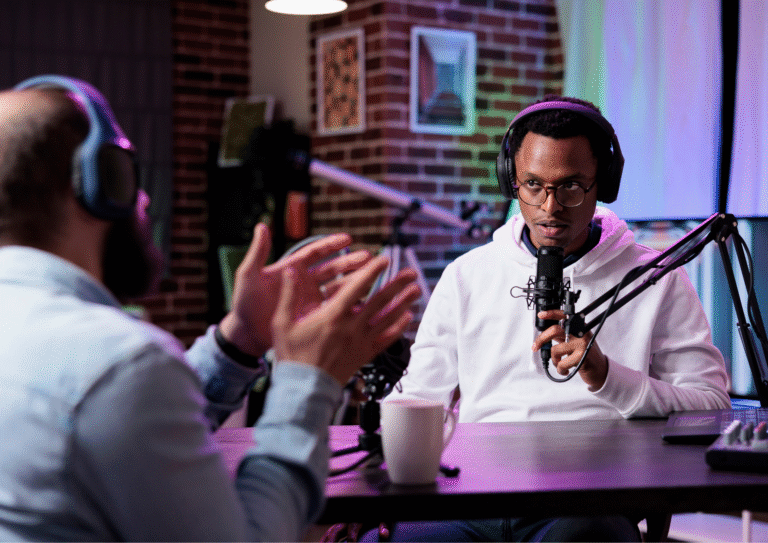
Discover the five key tactics influencers use from pseudo‑intimacy to gaslighting and learn how recognizing them can empower your online decisions, especially as new FTC rules and AI trends shift influencer marketing.
What if your favorite influencer isn’t just being helpful but actually using tricks on you? If you keep reading you might notice the subtle tactics shaping what you think, buy, or feel. Because influencer manipulation matters more than we realize it affects our wallets, our emotions, and our trust.
Let’s explore the five most common manipulation tactics influencers use, with real studies and plain-language insight.
1. Expert Authority
Influencers often position themselves as experts even without formal credentials. This taps into authority bias, where we assume experts are correct.
According to INSEAD, influencers leverage perceived expertise to establish trust and sway opinions INSEAD Knowledge. But sometimes the credentials are vague or missing. You may think you’re getting expert advice, while really it’s just confident talk and good staging.
Still, it’s understandable when you’re overwhelmed online. You want genuine guidance. Just double-check qualifications before accepting key claims.
2. Pseudo‑Intimacy
When an influencer shares late-night confessions or uses your name in comments, it feels like friendship but it’s carefully crafted. This pseudo‑intimacy lowers your guard and builds connection.
INSEAD describes this as a “seemingly personal emotional connection” designed to feel real . It’s not always fake but it is curated. That friend-like feeling makes us receptive to recommendations.
Remember: an influencer’s closeness may be one-way, serving their goal, to earn engagement.
3. Social Proof & Herd Mentality
Ever buy something because “10K people already did”? That’s social proof, the idea that if others trust it, maybe you should too.
This reflects Cialdini’s principle of social proof Convertize+1Convertize+1Wikipedia+4Wikipedia+4Convertize+4. It’s the same urge that has us follow trends, join the crowd, or be the last to know what’s hot.
It makes sense you don’t want to miss out. But scams and hype use group trust as leverage. Your value doesn’t depend on likes or followers.
4. Scarcity & Urgency
“You have 24 hours!” That’s the scarcity tactic creating FOMO and pushing you toward fast decisions.
Cialdini shows that scarcity makes things seem more valuable and triggers impulsive behavior CreatorDB+1LinkedIn+1Convertize+4Wikipedia+4INSEAD Knowledge+4. But influencers sometimes hype scarcity that isn’t real so we act out of pressure, not need.
We all want a good deal. Just pause and ask: Is this genuinely rare, or just clever marketing?
5. Gaslighting & Emotional Manipulation
Most concerning is emotional manipulation when influencers deflect feedback with “you’re too sensitive” or “it was just a joke.” That’s gaslighting, making you question your own feelings.
Traditional gaslighting is emotional abuse , but influencers can tap into the same tactic online. Instead of acknowledging mistakes, they shift blame leaving followers confused or hurt.
Everyone makes mistakes, but when feedback is dismissed, it becomes about control, not connection.
“When viewers feel guided, not sold to—they stay loyal. But that loyalty belongs to the persona.”
That quote captures the emotional architecture behind influencer tactics: trust is built carefully and often funneled into sales.

Why Influencers Use These Tactics
Brands prefer influencers who drive trust and engagement. A 2024 Nature study shows marketers prefer creators with credibility, but some still fall back on dark patterns in content . Many influencers inadvertently mirror manipulative ads because it works.
It’s not always malicious. Yet it’s worth knowing the difference between genuine help and emotional steering.
A Quirky Moment: My Near-TikTok Buy
I once nearly bought “miracle sleep gummies” from a late-night live stream. The influencer used expert tone, personal story, “only 50 left,” and comment hype. I felt drawn in until I paused. Three days later, I passed on the deal. That pause saved me from an impulse I didn’t need.

The Science Behind It
Academic commentary by Fischer shows how affective manipulation taps emotions over reason LinkedIn+1INSEAD Knowledge+1sites.units.it+2researchgate.net+2researchgate.net+2. The online environment amplifies emotional triggers likes, urgency, closeness more than logic.
Knowing this helps you re-engage that rational thinker instead of feeling lost in algorithms.
Recommendations: How to Stay Smart
- Pause before acting. Ask: “Is this content supportive or persuading?”
- Verify credibility. Do they cite real credentials or research?
- Demand transparency. Sponsored posts and affiliate links must be disclosed.
- Question urgency. Do you really need it, or just the pressure?
- Honor your feelings. If you feel dismissed, step back—that’s your gut talking.
These steps help you stay in control as a consumer and as a person.
This explainer on influencer manipulation tactics shows why recognizing these tricks helps you protect your decisions and your emotions online.
Final Thoughts
Influencers can inspire, entertain, educate. But being aware of authority bias, pseudo‑intimacy, social proof, FOMO, and gaslighting ensures you’re not unknowingly influenced.
Next time you scroll or tune in, notice how you feel and ask: Am I connecting, or being nudged? Understanding these tactics empowers you to enjoy content without losing your voice. Because the best connection is the one you choose, not the one scripted for you.
Sources
- INSEAD, “The Psychological Strategies of Influencers” INSEAD Knowledge+1INSEAD Knowledge+1
- Fischer, A., “Manipulation and the Affective Realm of Social Media,” 2022 philosophie.philhist.unibas.ch+4researchgate.net+4taylorfrancis.com+4
- Cialdini, R., “Principles of Persuasion: Social Proof, Authority, Scarcity” LinkedIn+3Wikipedia+3INSEAD Knowledge+3
- INSEAD/Dickinson–INSTRUCTION on social proof and marketing psychology
- Nature, “Influencer credibility for marketers,” 2024




